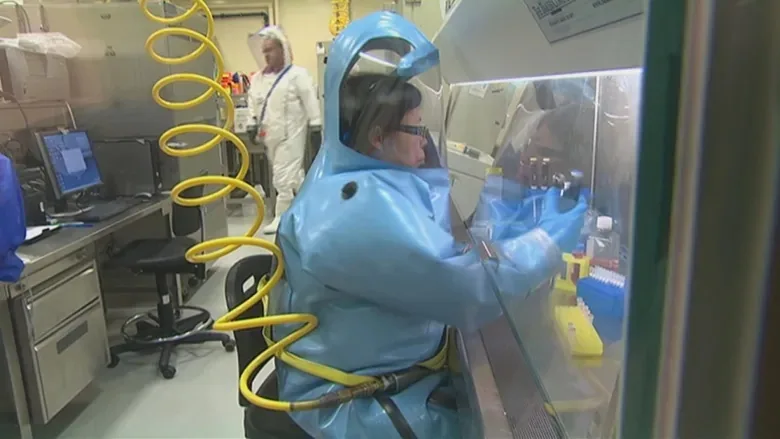Ottawa – The annual report on the state of public health in Canada, entitled Creating the Conditions for Resilient Communities: A Public Health Approach to Emergencies, was tabled in Parliament by Mark Holland, Minister of Health. In Canada and around the world, emergencies are occurring with increasing frequency and intensity. Alongside the COVID-19 pandemic, this past year alone, people in Canada have experienced a number of extreme weather events linked to climate change, from heat waves, to floods, to a record-breaking wildfire season that forced thousands of people to evacuate their homes.
These events can have a profound impact on our physical and mental health, as well as the well-being of our communities. With crises that sometimes intersect and overlap, responding to these emergencies is becoming more complex and challenging at every level of government and civil society.
My report calls for us to reflect on and reset how we think about emergencies. We need to look beyond the immediate response and work on the foundational conditions that keep our communities healthy and strong. By taking a public health approach to emergencies, guided by health promotion and equity, we can create the conditions for resilient communities. When communities are more resilient, we are better equipped to prevent, withstand, and recover from emergencies. Public health has a key role to play in the emergency management cycle by using the tools and practices of health promotion.
Health promotion can strengthen emergency management
The impacts of emergencies are not the same for everyone. Some communities are at greater risk of exposure and poor health outcomes. For example, people experiencing homelessness, populations that are racialized, First Nations, Inuit and Métis communities and people living with chronic health conditions, mental health conditions or substance use disorders can be more negatively impacted by emergencies, such as COVID-19 and extreme weather events.
Health promotion provides ways to work with communities and partners to build policies and environments that advance health equity, strengthen social supports and build trusted relationships that can foster social cohesion. Just as strengthening our physical infrastructure, such as reinforcing power grids and flood-proofing streets, is necessary to prepare for emergencies, we must also strengthen our social infrastructure to ensure strong community supports are in place in times of crisis. This is important not only to effectively respond to emergencies, but also to other public health crises, such as the current toxic drug crisis.
Community engagement and empowerment are key to health promotion. This can help support partnerships with First Nations, Inuit and Métis leadership and Indigenous-led initiatives while honouring our commitments to broader reconciliation efforts. For example, during the COVID-19 pandemic, many northern, remote and isolated communities, including First Nations, Métis, and Inuit populations, developed community-based rapid point-of-care testing to improve access to diagnosis and treatment for their members.
Knowing that their communities have a lack of access to healthcare providers, need to travel to centralized testing locations, face long wait times for results and have concerns about confidentiality, they worked directly with the National Microbiology Laboratory and Indigenous Services Canada to acquire the tests, access training, and build their capacity to perform their own COVID-19 testing. This initiative allowed these communities to take ownership over their own health care and, over the course of 32 months, provided over 3 million tests at more than 400 sites. We have learned what we can do better through the COVID-19 pandemic. We saw inequalities and learned about barriers faced by communities and how to effectively address them. We also saw how, by working collectively across sectors, we were able to better serve and reach diverse populations.
Now is the time to build on these lessons. We can do this by integrating equity considerations throughout the emergency management cycle; empowering communities to be active partners in emergency prevention, preparedness, response and recovery; and, developing equity-centred research, evidence and tools to guide emergency management efforts. By acting together and acting now, we can help to build communities that are more resilient before, during and after emergencies.
Health of People in Canada dashboard
As a complement to my annual report on the state of public health, our Health of People in Canada dashboard includes new data, resources and features to help measure and monitor the state of public health in Canada using over 50 indicators. This dashboard will help individuals learn more about health trends in Canada and includes a new feature on social determinants, or the social and economic factors that influence the health of our communities.








